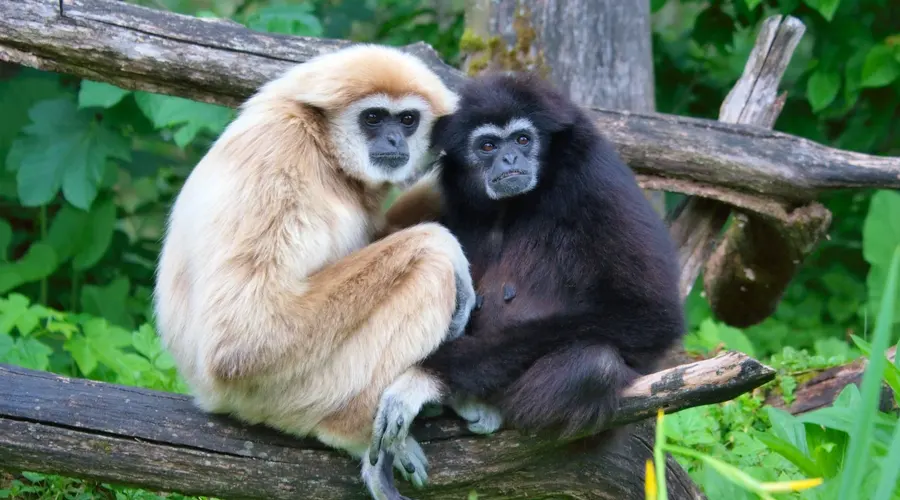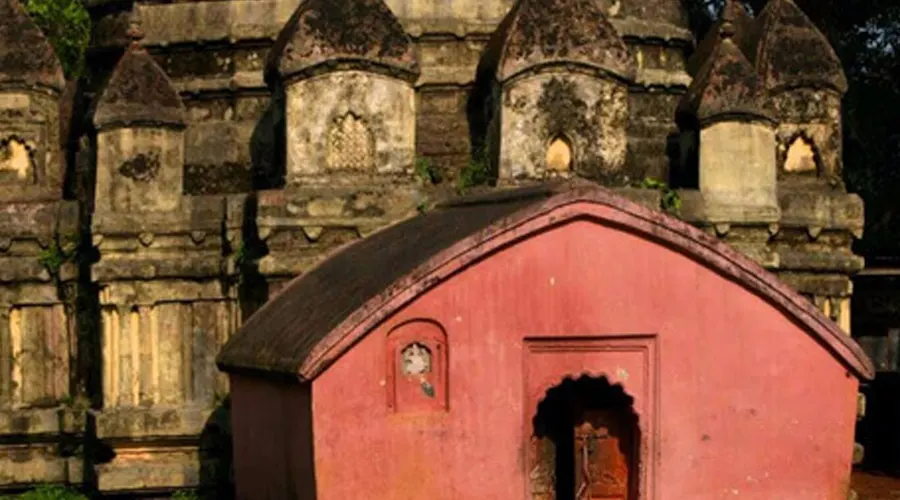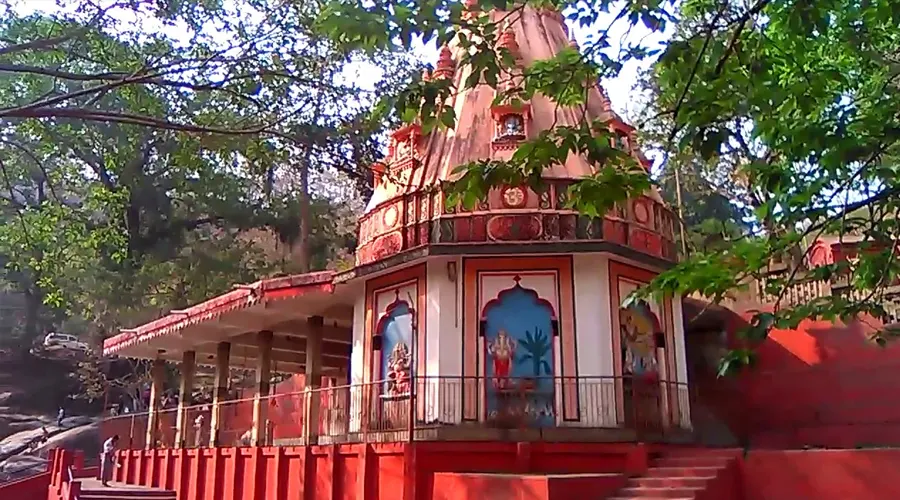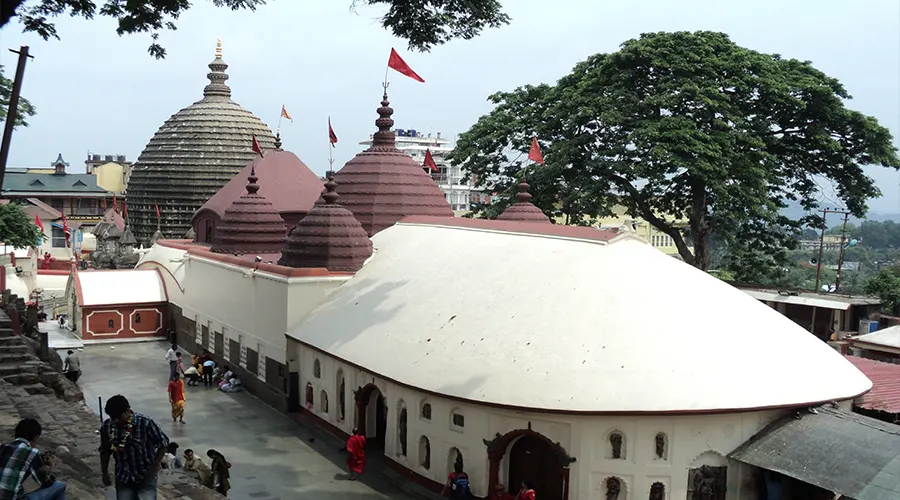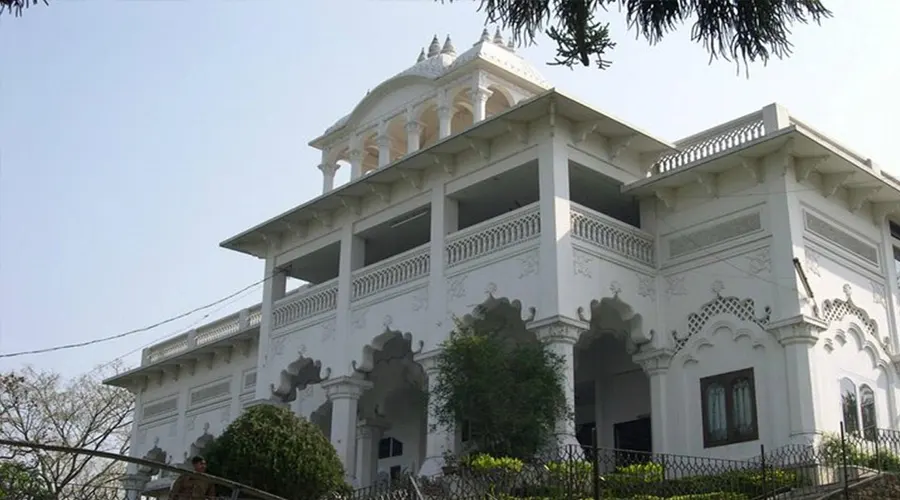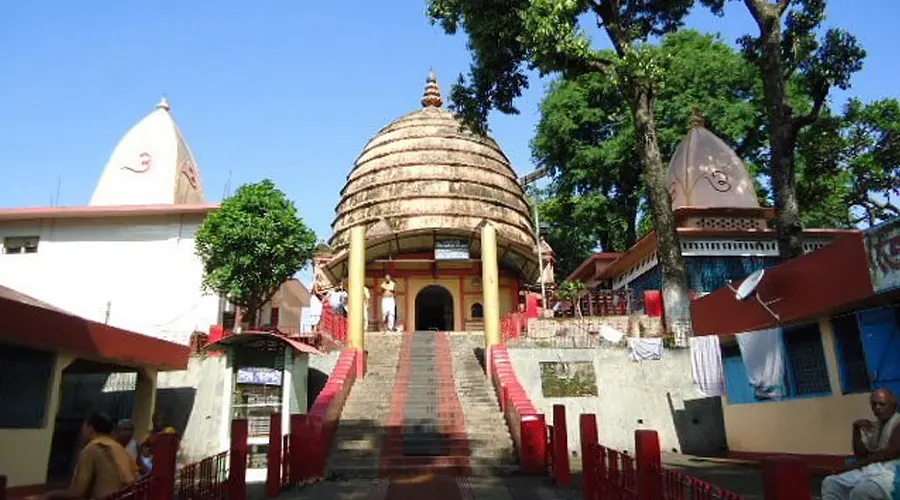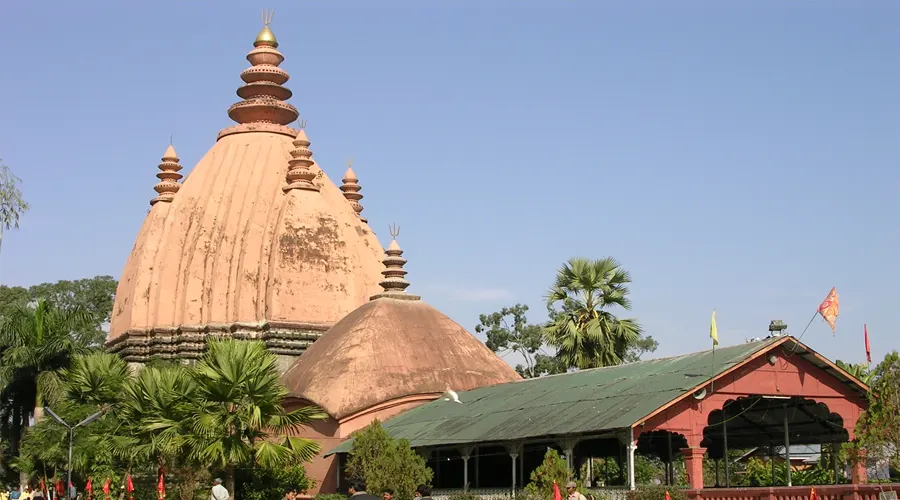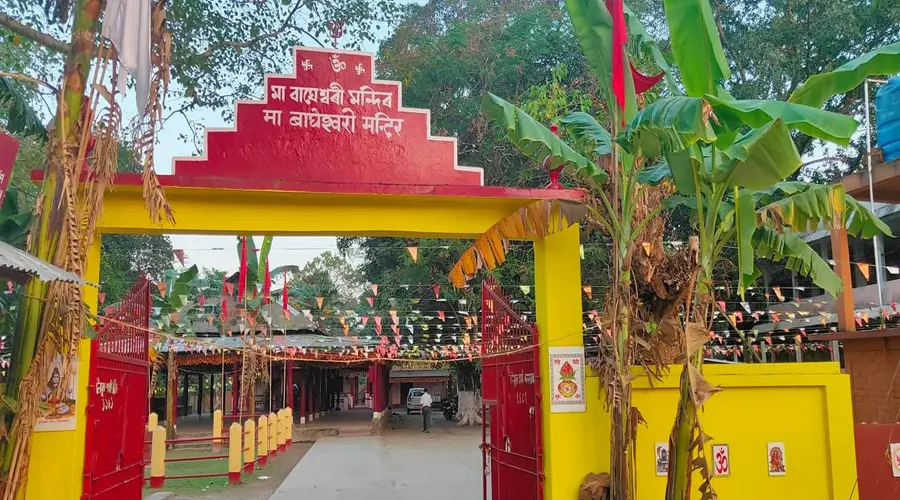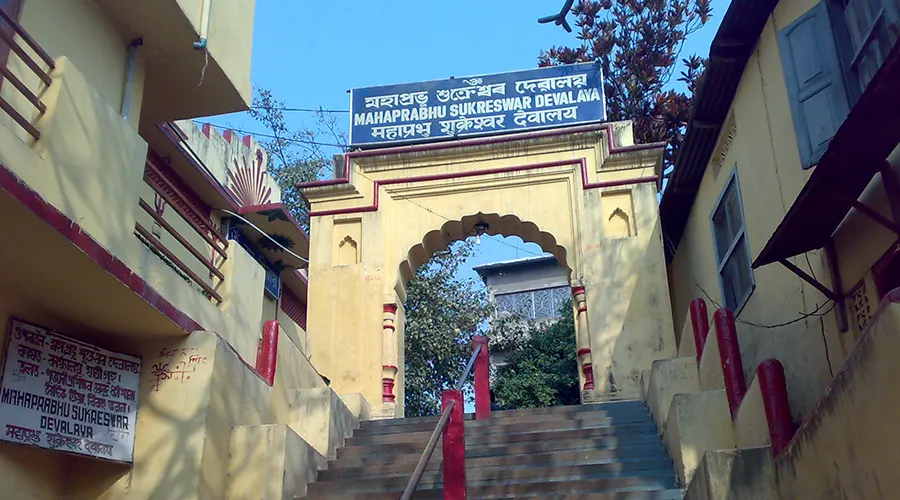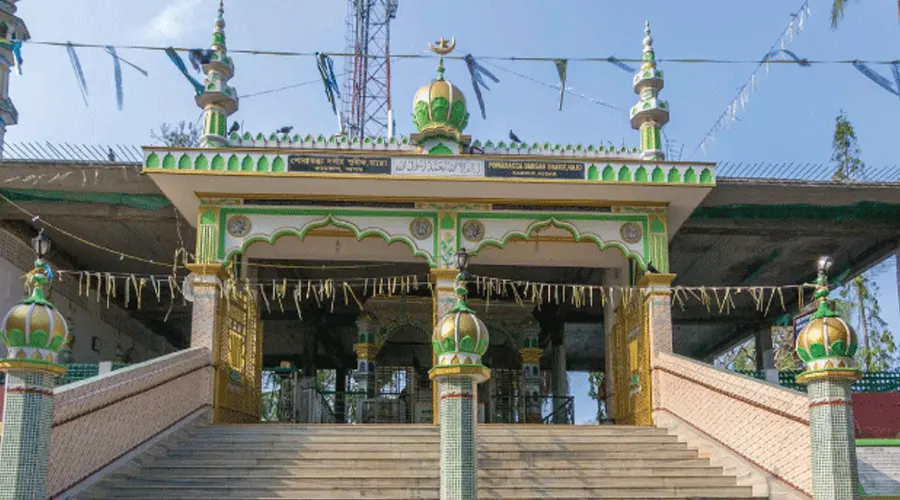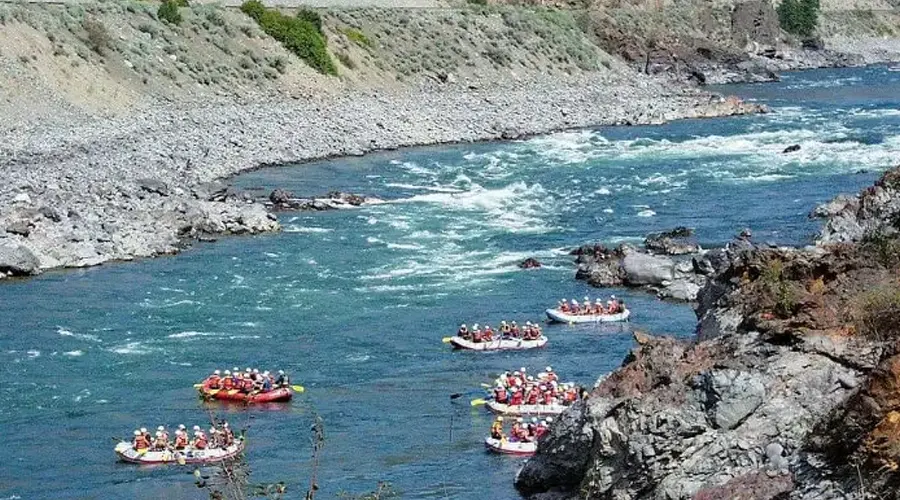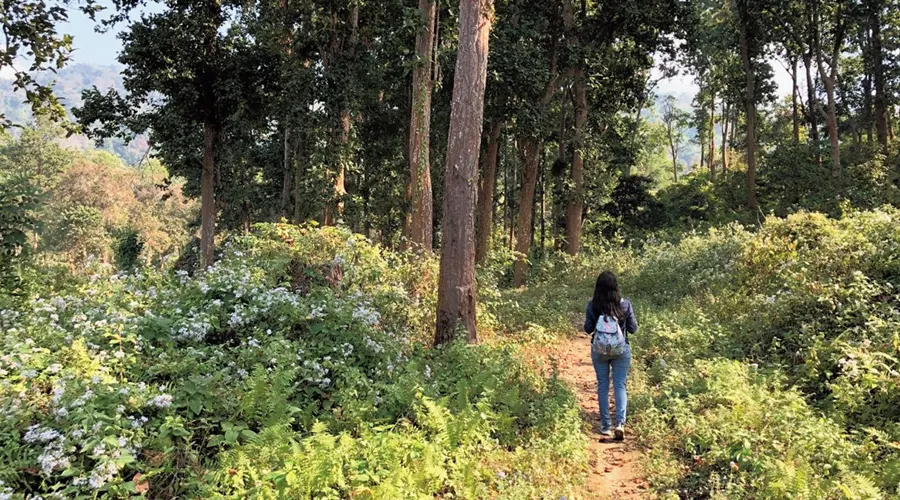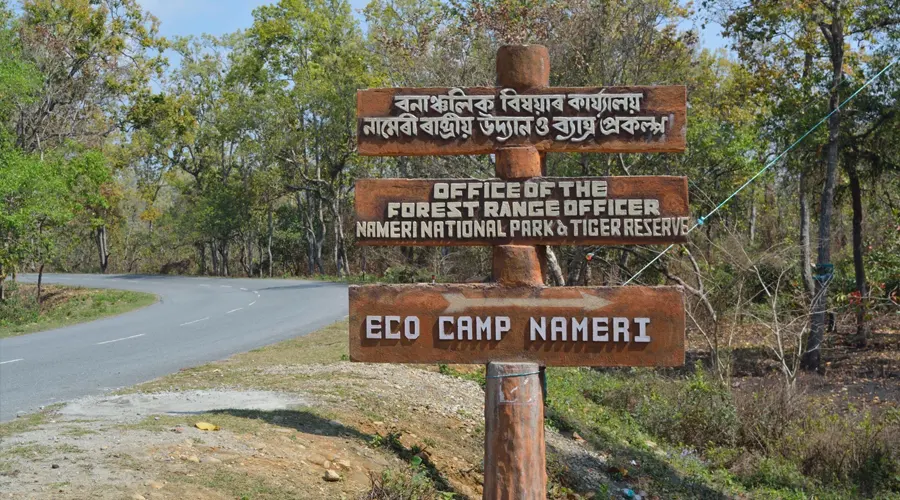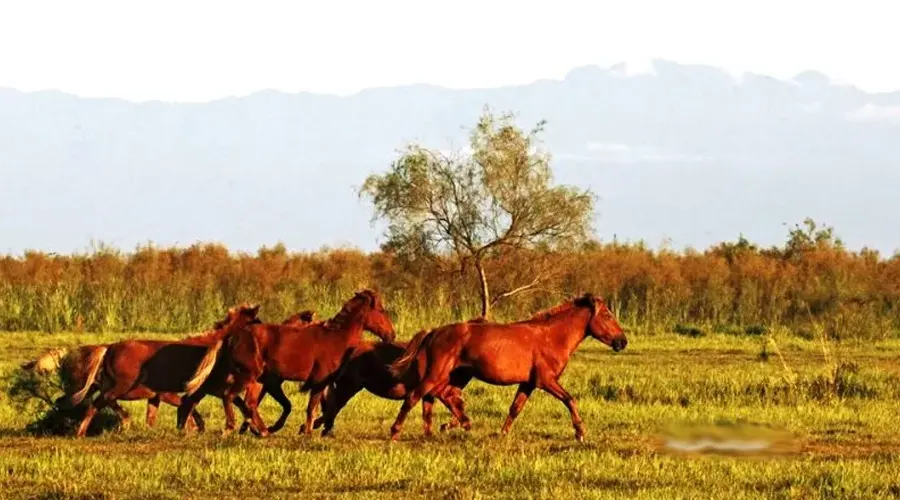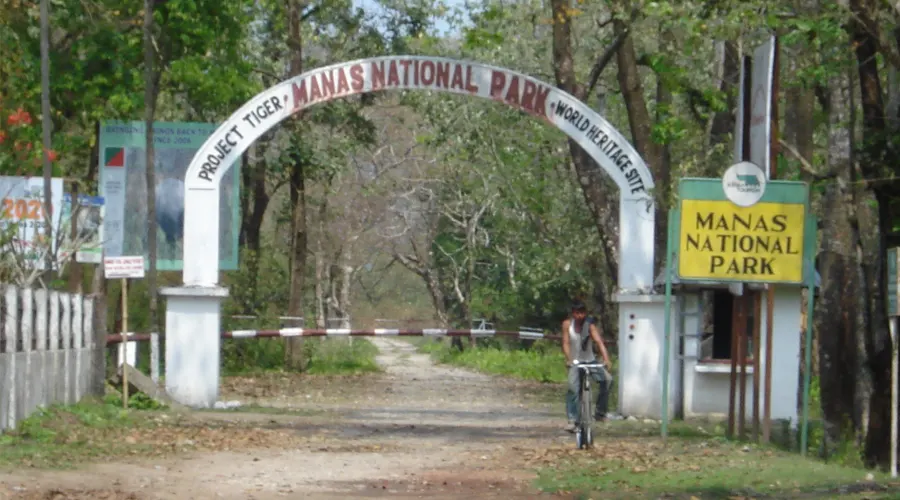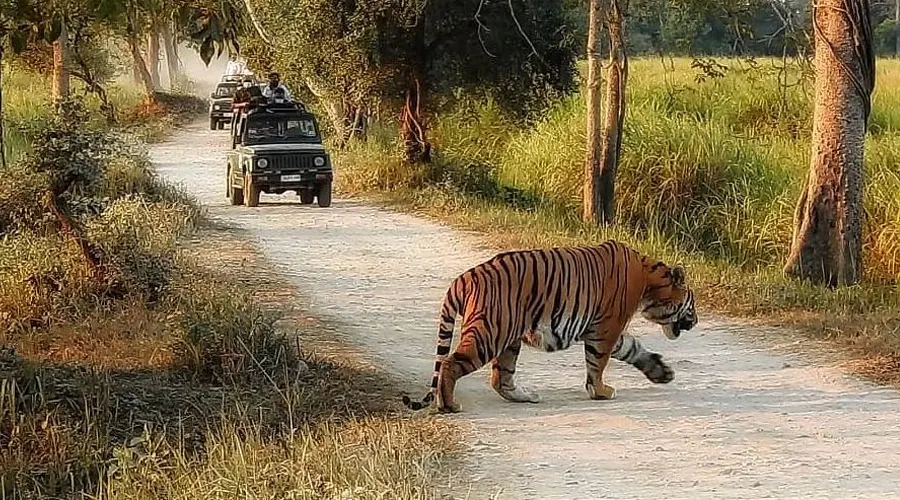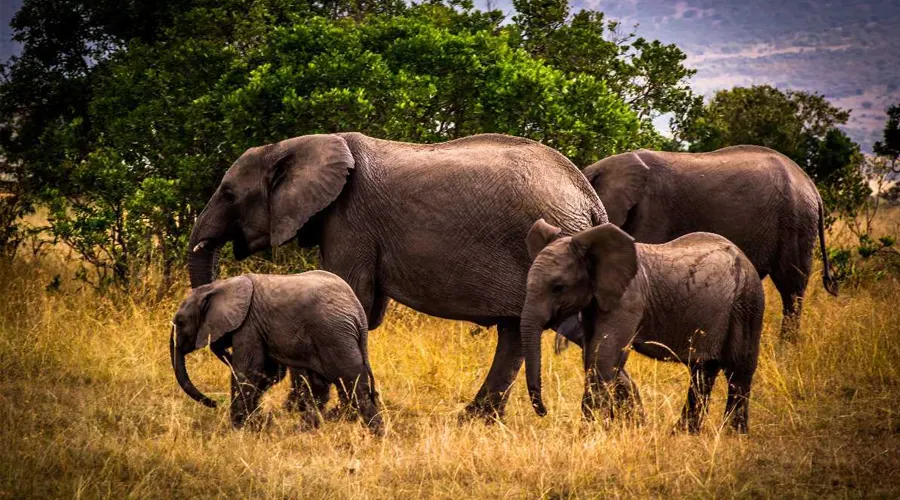Hoollongapar Gibbon Sanctuary
The Hoollongapar Gibbon Sanctuary renamed on 25 May 2004, formerly known as the Gibbon Wildlife Sanctuary or Hollongapar Reserve Forest, is an isolated protected area of evergreen forest located in the Jorhat district of Assam, India. The sanctuary was officially established and renamed in 1997. In the early 1900s, artificial regeneration was used to develop well-stocked forests, resulting in the site’s rich biodiversity. The Hoollongapar Gibbon Sanctuary contains India’s only gibbons – the hoolock gibbons, and Northeastern India’s only nocturnal primate – the Bengal slow loris. The upper canopy of the forest is dominated by the Hollong tree, while the Nahar dominates the middle canopy. The lower canopy consists of evergreen shrubs and herbs.
On 30 July 1997, the sanctuary was constituted under the civil district of Jorhat and named the “Gibbon Wildlife Sanctuary” after the only apes found in India. It is the only sanctuary in India named after a gibbon due to its distinction for containing the densest gibbon population in Assam.
The sanctuary has rich biodiversity and is home to the only apes in India, the western Hoolock as well as the only nocturnal primate found in the northeast Indian states, the Bengal slow loris. Other primates include the stump-tailed macaque, northern pig-tailed macaque, eastern Assamese macaque, rhesus macaque, and capped langur. Also found at the sanctuary are Indian elephants, tigers, leopards, jungle cats, wild boars, three types of civets, four types of squirrels, and several other types of mammals. At least 219 species of bird and several types of snake are known to live in the park.
The sanctuary has a rich diversity of flora at each layer in the canopy. The upper canopy consists mostly of Dipterocarpus macrocarpus rising 12 to 30 m (39 to 98 ft) and having straight trunks. Other species found in the top canopy include Sam, Amari, Sopas, Bhelu, Udal, and Hingori. A variety of evergreen shrubs and herbs make up the lower canopy and ground layers.

